Exclusive Licensing Contributor Eivind Hansen is a fashion and portrait photographer who is currently causing quite a buzz. Based in London and originally from Norway, Hansen’s signature look infuses floral accents and pops of color while bringing needed visibility within the LGBTQI+ community. Browse his Licensing collection here.
Q. How do you make your models feel safe when you’re photographing a marginalized group of individuals?
A. When it comes to working with people in this group, it’s very important to ask them questions. Let them share their own experiences and don’t talk over them. You need to listen and then provide follow up questions to help them to open up to you. Let them offer up their own story.
If they are the ones initiating the conversation, make sure to listen and educate yourself—don’t mold the narrative to work in your favor. It is essential to go into these collaborations with an open mind. If you let them tell you who they are and express themselves how they want to, this will reflect in the image.
I would never assume to know their experience. I identify as one way, they may identify as another. I always go in with an open mind and try to learn from their experience and use this to inform how I work in the space.
Q. You predominantly focus on a specific group of people within your photography—is there a reason you gravitate towards them?
A. It started with my contemporary circus background. I have always had an affinity toward theatrics. I am drawn to people who express themselves in a colorful way, whether through drag, fashion, or gender expression. I have a connection to this and it draws me to these individuals.
Working with these people and in this space has also helped me to explore who I am as a queer man and understanding my gender and sexuality.
My driving motivation for working with them is that I want to create work that matters. My morals and ethics play heavily into this and the work I create. I want to reflect ethical changes that I see need to evolve and have this reflected in my work.
Q. Many of your images could be considered conceptual pieces. Do the props and styling you use carry any significance?
A. The whole flower idea came from my obsession with science fiction. I have always wanted to include elements of nature in my portraits. One of my earliest discoveries of Lucy McRea who is known as ‘the body architect’. She started doing an internship with Bart Hess, depicting skin as an interface between ourselves and the world.
It was very performative and I am very drawn to this aesthetic. I wanted to explore my own take on this concept without replicating their work.
I grew up in the mountains of Norway, surrounded by nature. Moving to London, I don’t get to interact with nature in the same way, so incorporating these elements in my photography lets me bring nature back into my life.
Q. How do you go from concept to creation?
A. I don’t like etching out ideas. I love to work hands-on, in a spontaneous manner. I never know what I’m going to shoot, especially when I work with flowers.
I just start to do something and see if the construction makes sense. I like to shoot first and ask questions later. Jumping into a session has always proven to be more successful; there is an order and a sense of chaos.
Q. Have you encountered any hurdles that you have used to help inform your direction as a photographer, and your approach to photography?
A. I have a hard time feeling proud of myself and like my work is good enough—it’s like a mental block. I have to work very hard to ignore these ideas that are often at the back of my mind.
A lot of my work now costs money to produce – flowers, film, processing. If I don’t have the money I can’t make the work I love to create. Being behind on rent gives me anxiety and it makes it difficult to produce creatively. It forces you to choose between buying food, paying rent, or creating the work that I love. There is a real financial aspect to all of this.
One of my biggest fears is rejection. Rather than asking for permission, I let people come to me.
I seldom work with make-up artists or set teams, which is why I love working with drag queens. They know how to style themselves and do their makeup. It’s why I prefer smaller teams. If they are too large it feels like I’m biting off more than I can chew.
Q. What inspires you on the daily to do what you do?
A. My friends and extended family inspire me, everyone in the LGBTQI+ community and seeing what they do. There is nothing I love more than seeing my friends accomplishing a variety of things. If they do well, it inspires me to try and do well too.
Even though I think I am not good enough, I have a competitive nature about me. If I see my friends succeeding, it drives me to try to succeed as well. Seeing my friends create a new drag look, it makes me excited. I call them over and we plan a shoot.
I am also inspired by sci-fi movies, such as the Natalie Portman movie, Annihilation. The deer with the flower antlers promotes the idea of nature taking over. It is beautiful but also sinister. I feel this is reflected in my work as well.
My work is beautiful but there is also a sense of darkness in it, the blacks are very black, there is beauty and unease. I also look at horror movies and it may just be a scene, but these movies inspire me in their own way. It dives deeper and forces you to take a look beyond the surface.
Q. If you could give yourself one piece of advice for when you first started out in photography, what would it be?
I wish I had turned my living room into a studio when I was younger. I just started using my dad’s living room as a studio and it has worked well. I also wish I had gotten into film [photography] more seriously, early on in my career.
But most importantly: don’t be afraid to be who you are. I didn’t come out until I was 19 and I spent the majority of my adolescence being ashamed of who I am. I think it would have helped my photography a lot if I have embraced myself and trusted my instincts sooner.
My photography is good now because I am more comfortable with who I am. I would have told myself that it is OK to be feminine. Learning to love myself has allowed me to create stronger work.
Q. By licensing your imagery, you are diversifying commercial content and providing buyers with the opportunity to incorporate marginalized groups into their campaigns. Why do you think this is important, and where would you like to see the commercial space evolve to?
A. I think that it’s essential. You can’t rely on this stereotypical representation of what a ‘gay man’ is. If you searched ‘gay man’ in a stock site a few years ago, it would be a cliche. If you searched for ‘trans woman’ it would be a man in a dress, it wouldn’t actually be representative of a trans woman in her day to day life.
Diversifying the commercial content is a greater good. It will help to normalize trans, non-binary, and LGBTQI+ individuals in a broader way and allow people and businesses to see them as they are.
When you ‘normalize’ these topics, people don’t think critically about the image. Traditional notions of these individuals carry negative connotations, whereas today if someone chooses to represent their gender colorfully, it can be accepted and considered less stigmatizing. This should always be promoted.
Q. What has been your favorite project to work on to date, and why?
A. My flower portraits, including the work I did for Orange The World, have helped play into my larger project that I am working on at the moment. Continuously, my favorite project is the project I am working on in that moment since it fuels my creative inspirations and will become part of one cohesive project, which I hope to turn into one of my first publications.
Q. If you could summarize your goals as a photographer, creator, and influencer in one sentence, what would it be?
A. My goal is to always stay true to myself and my ethics as an artist but also to make sure the work I produce inspires people to create work of their own. I want to help make the world more accepting of people from our community.
Eivind is currently judging a Quest on 500px in celebration of Pride. You can learn more about the Quest here. And read more about 500px’s Breaking the Mold Quests.

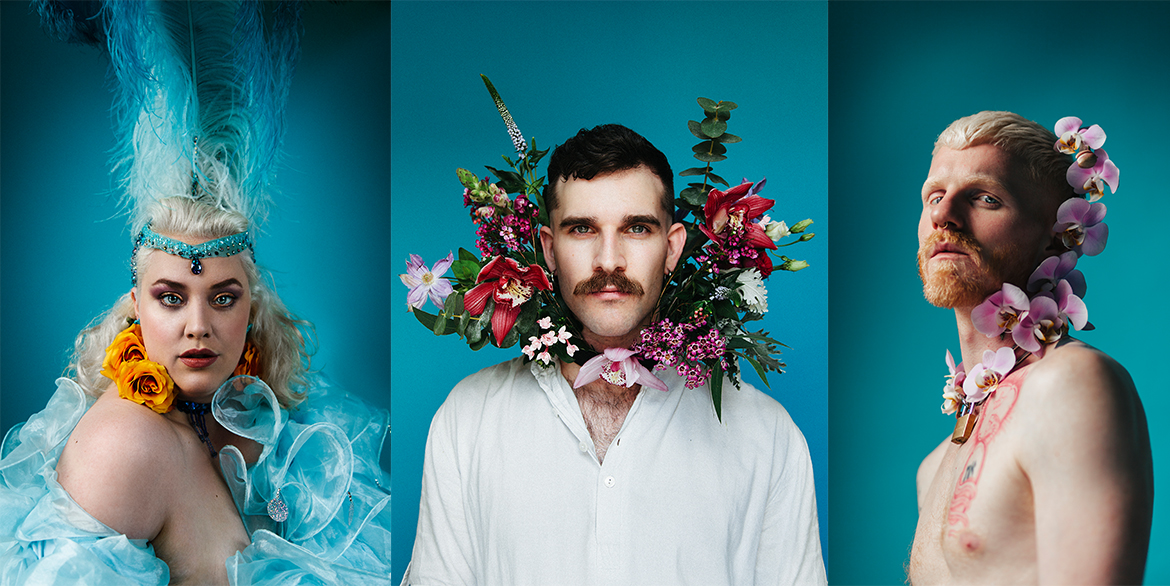
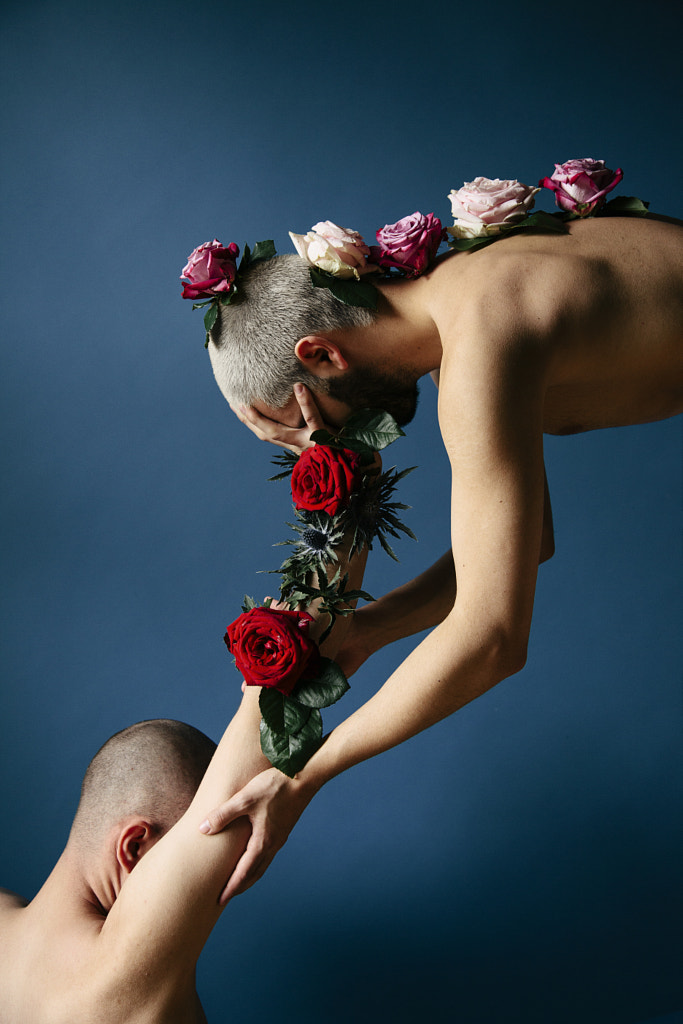
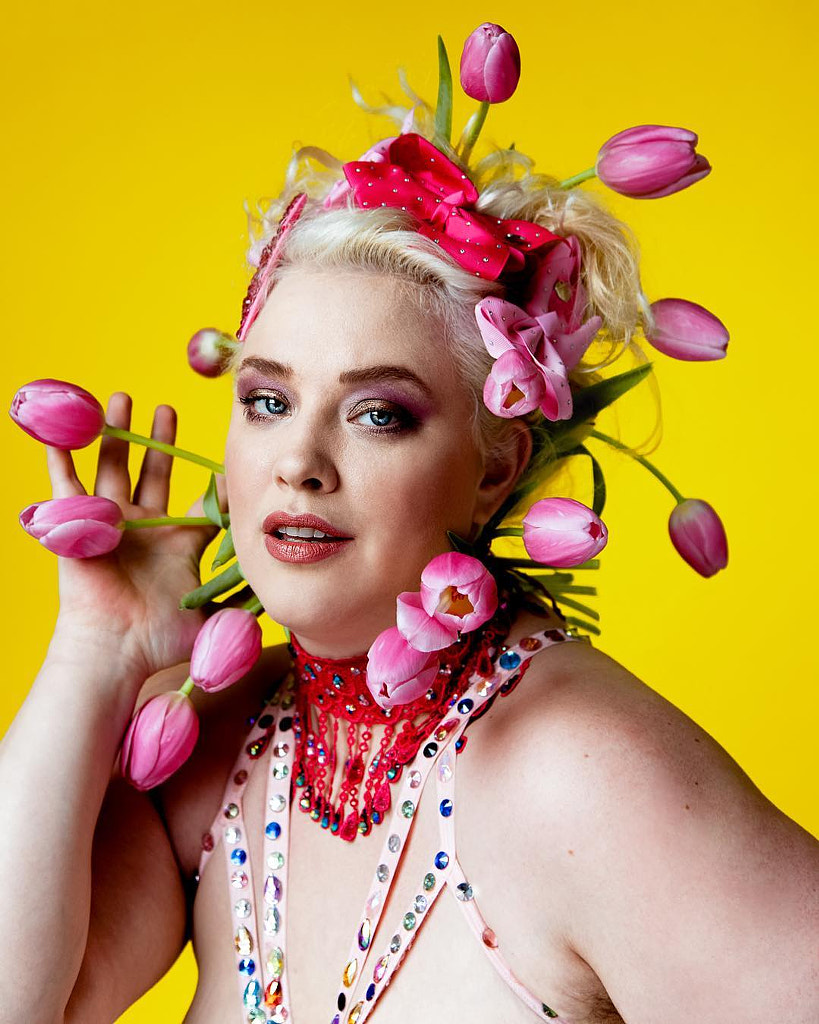
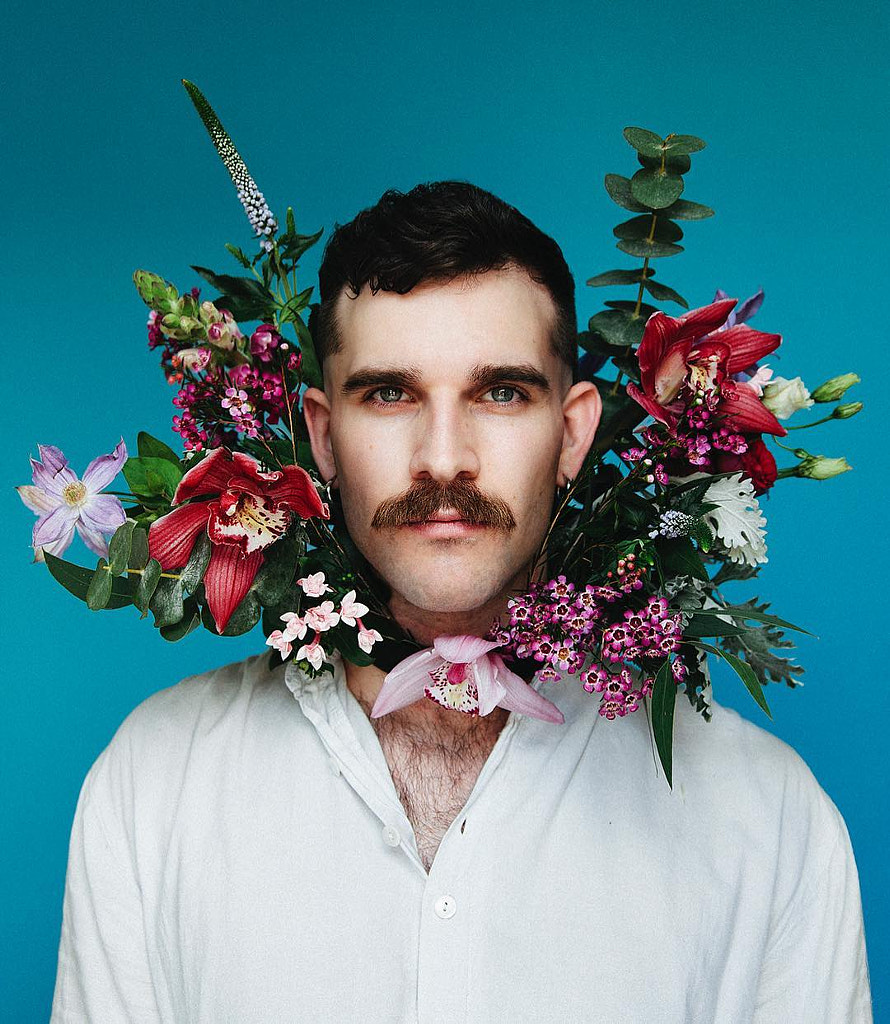
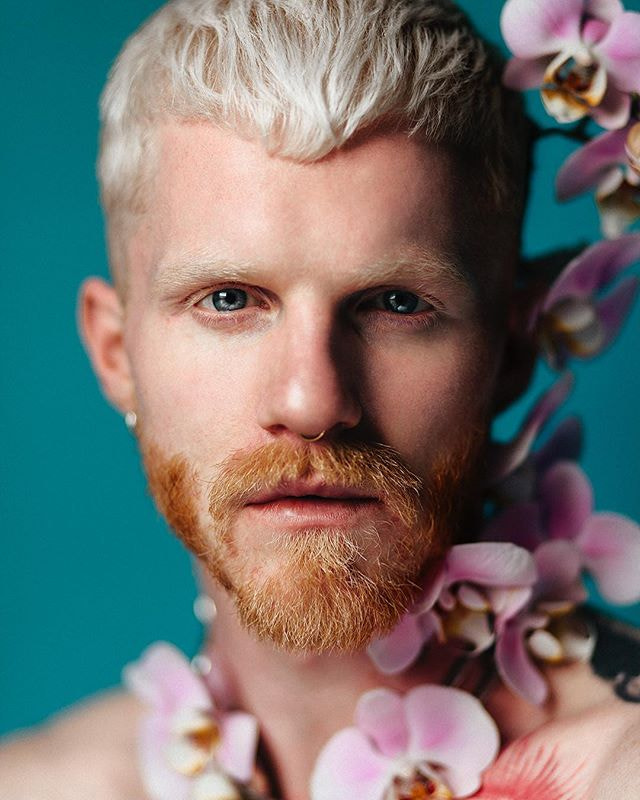

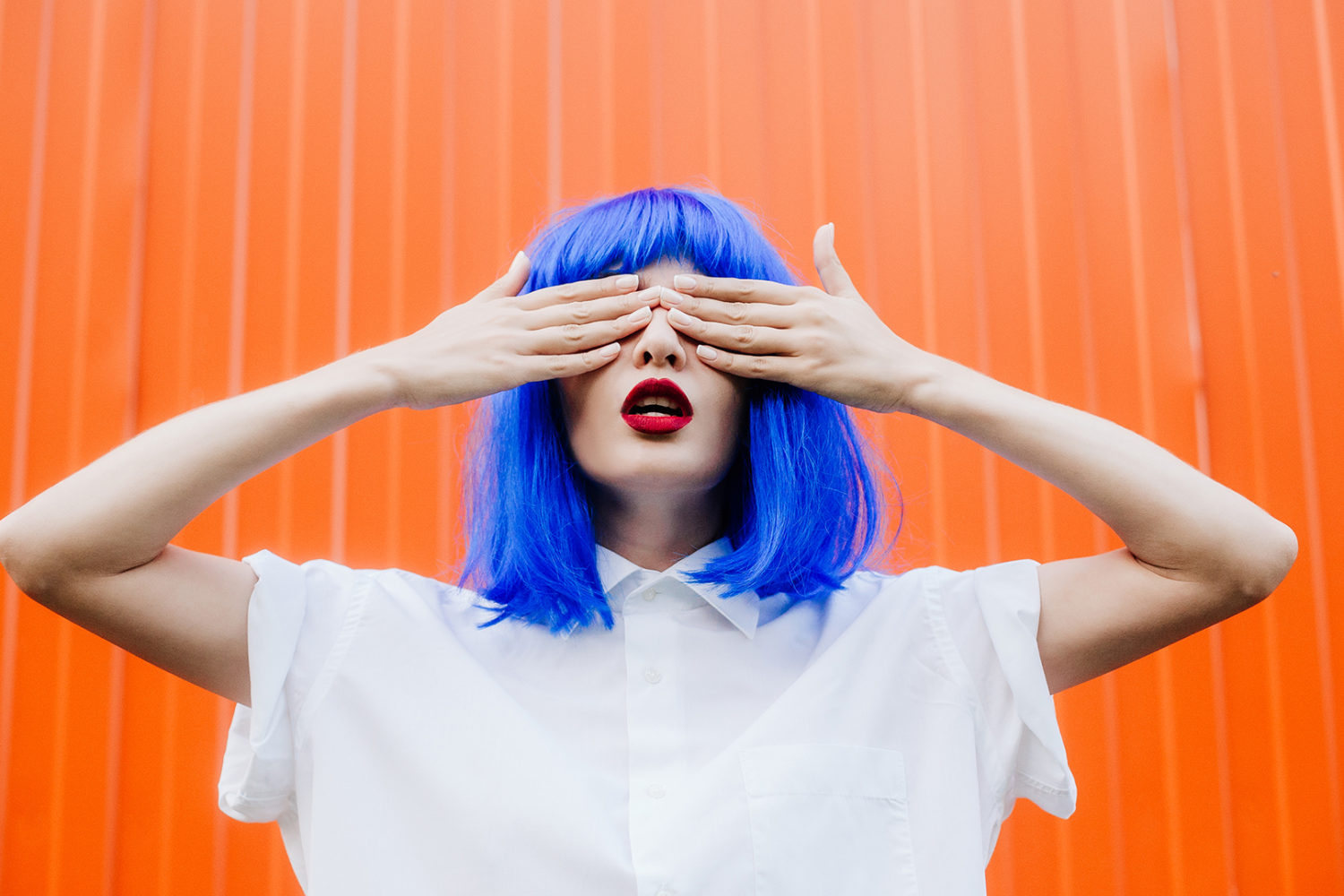
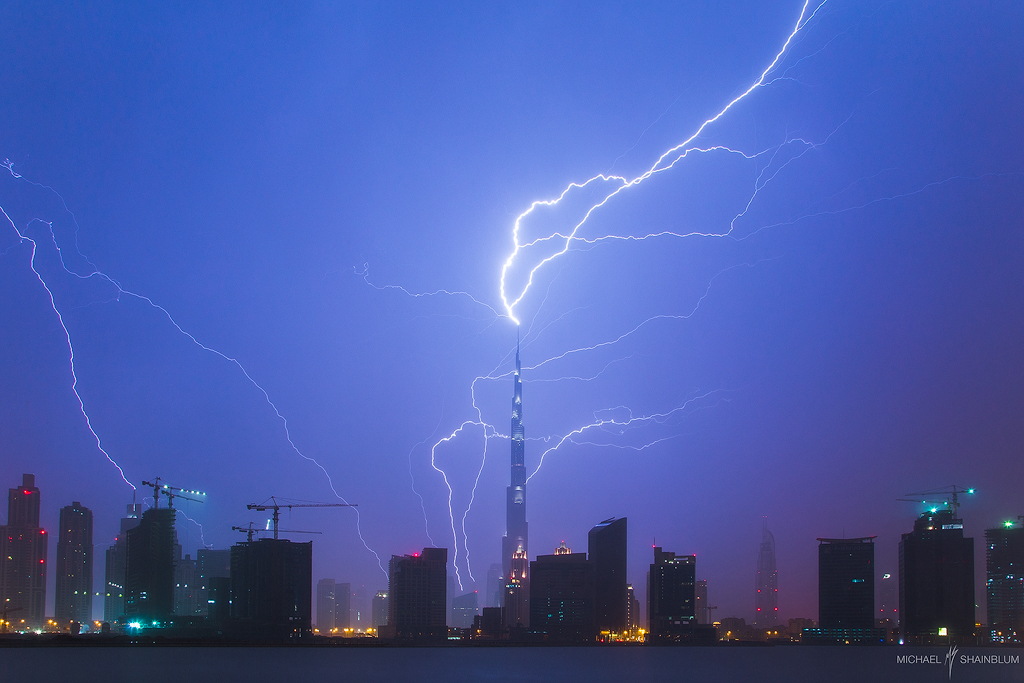
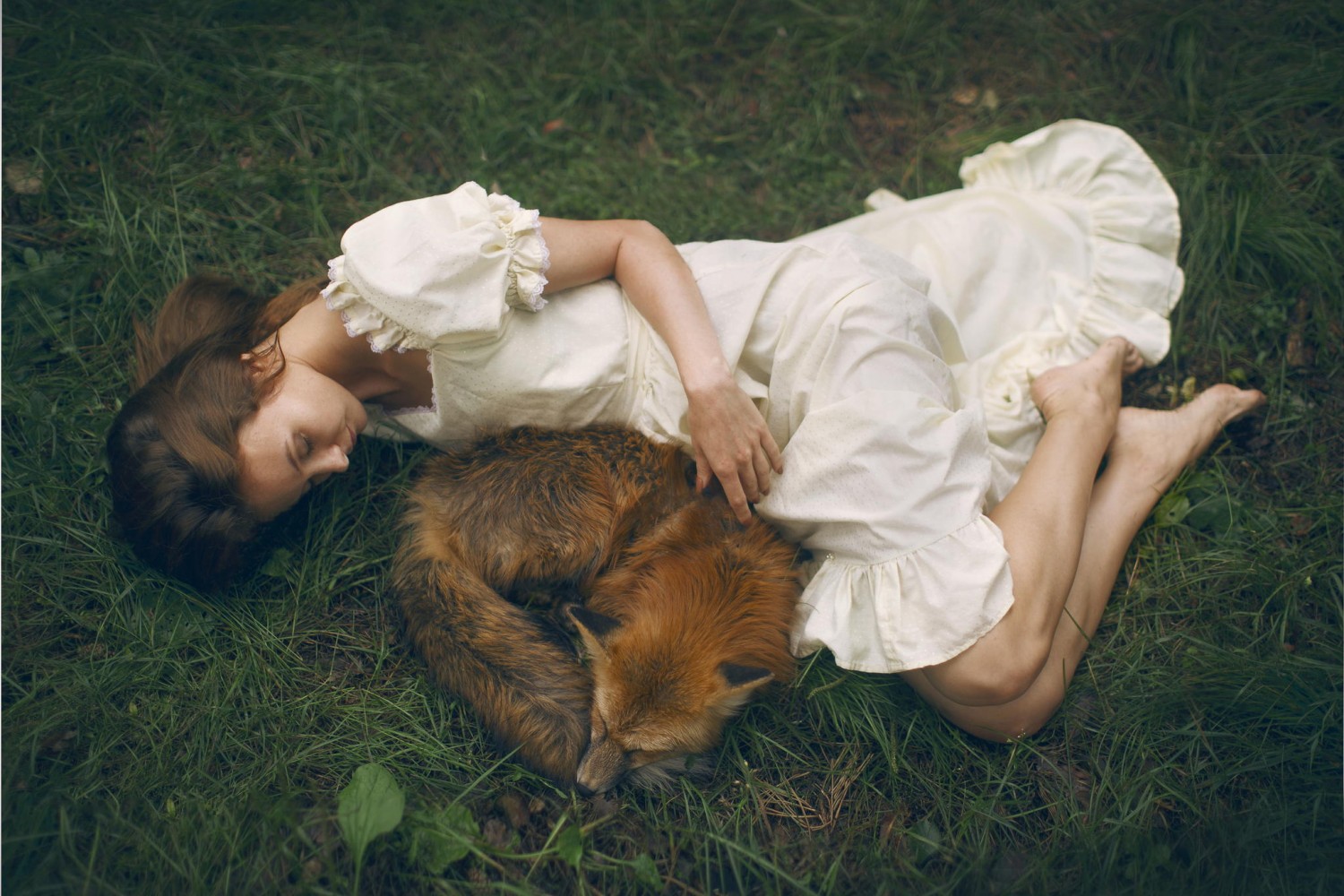

Leave a reply